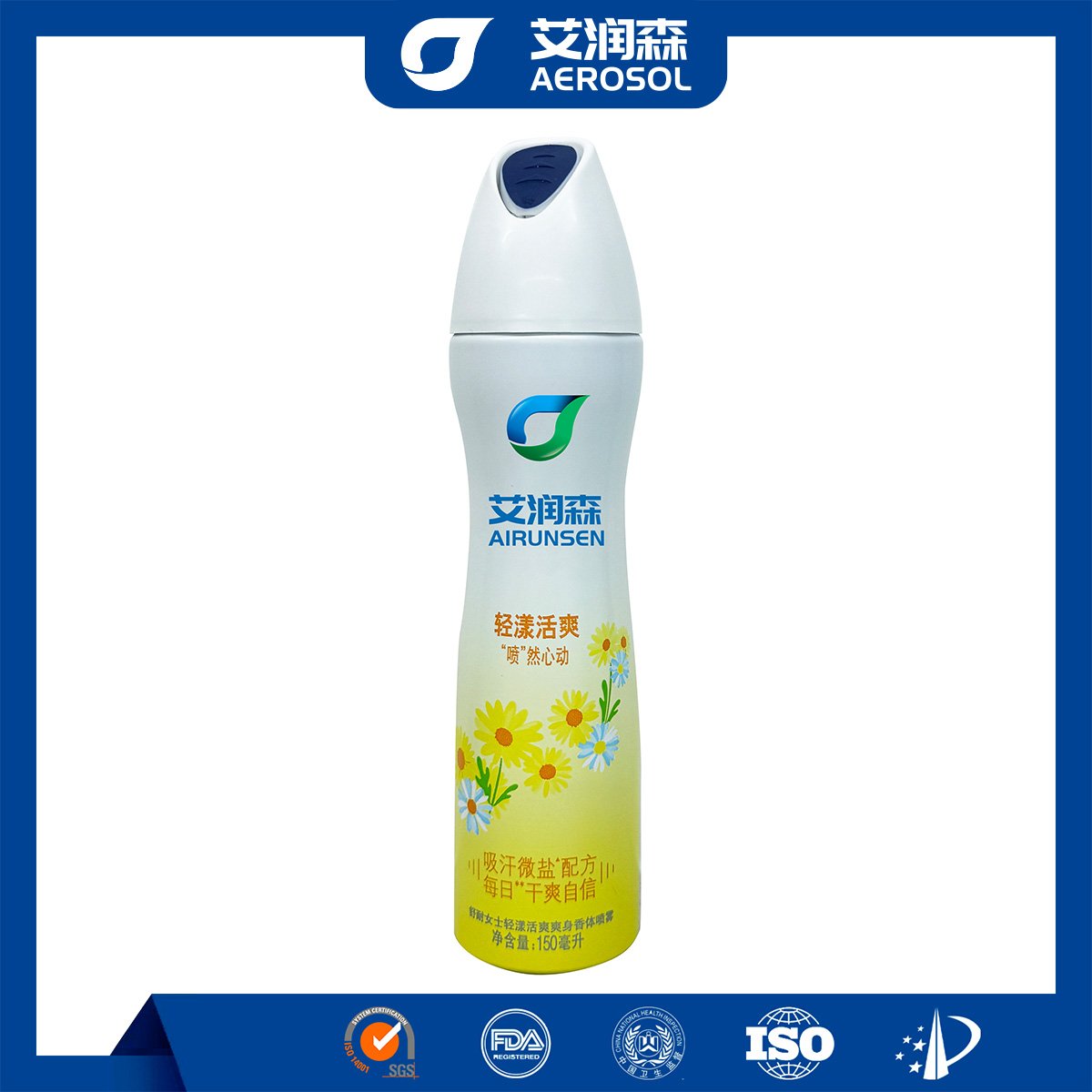- Ingredients
- Fragrance substances: They mainly include natural essential oils like lavender oil and synthetic fragrances such as various esters, which provide pleasant scents.
- Solvents: Commonly used solvents are ethanol and water, which help dissolve and disperse other components.
- Propellants: In aerosol air fresheners, propellants like propane and butane are used to spray out the product.
- Additives: Some air fresheners may contain additives like preservatives and stabilizers to prolong shelf life and maintain stability.
- Functions
- Odor elimination: They can effectively mask and neutralize unpleasant smells in the air, such as those from garbage, pets and cooking.
- Fragrance release: Release pleasant scents to create a more comfortable and pleasant indoor environment.
- Some have antibacterial effects: Certain air fresheners contain antibacterial ingredients that can kill some bacteria in the air to a certain extent and improve air quality.
- Advantages
- Quick effect: They can quickly change the smell of the air and bring a fresh feeling.
- Easy to use: Most air fresheners are easy to operate. Just spray or place them in the appropriate position.
- Diverse scents: There are various scents to choose from, meeting different people’s preferences and needs.
- Application Scenarios
- Home: Living rooms, bedrooms, bathrooms and kitchens can all use air fresheners to keep the air fresh.
- Office: In offices and meeting rooms, air fresheners can create a pleasant working environment.
- Public places: Such as hotels, restaurants, shopping malls and elevators, they can help improve the air environment and leave a good impression on customers.
- Cars: They are often used in cars to remove odors and create a comfortable driving environment.











